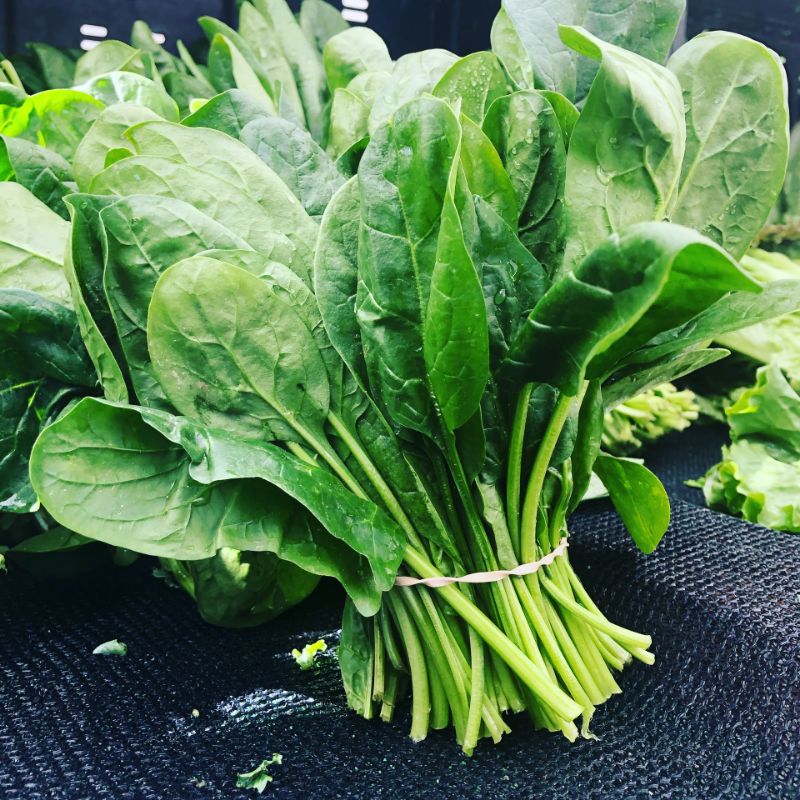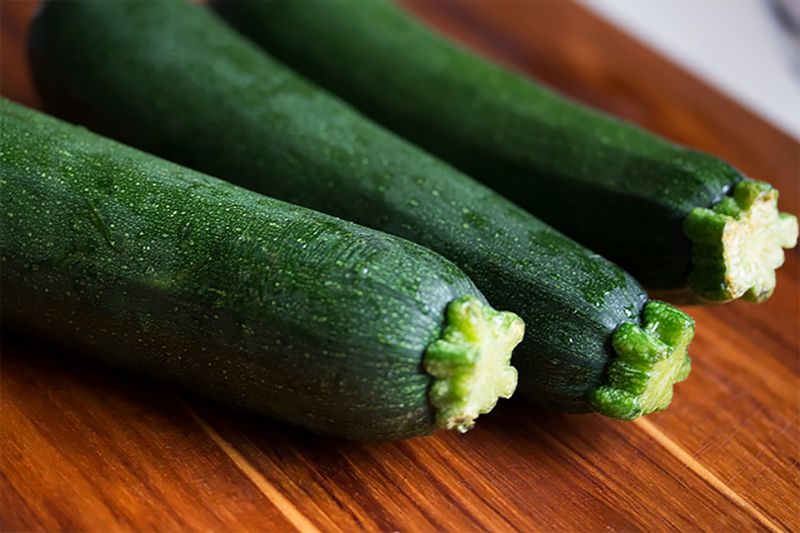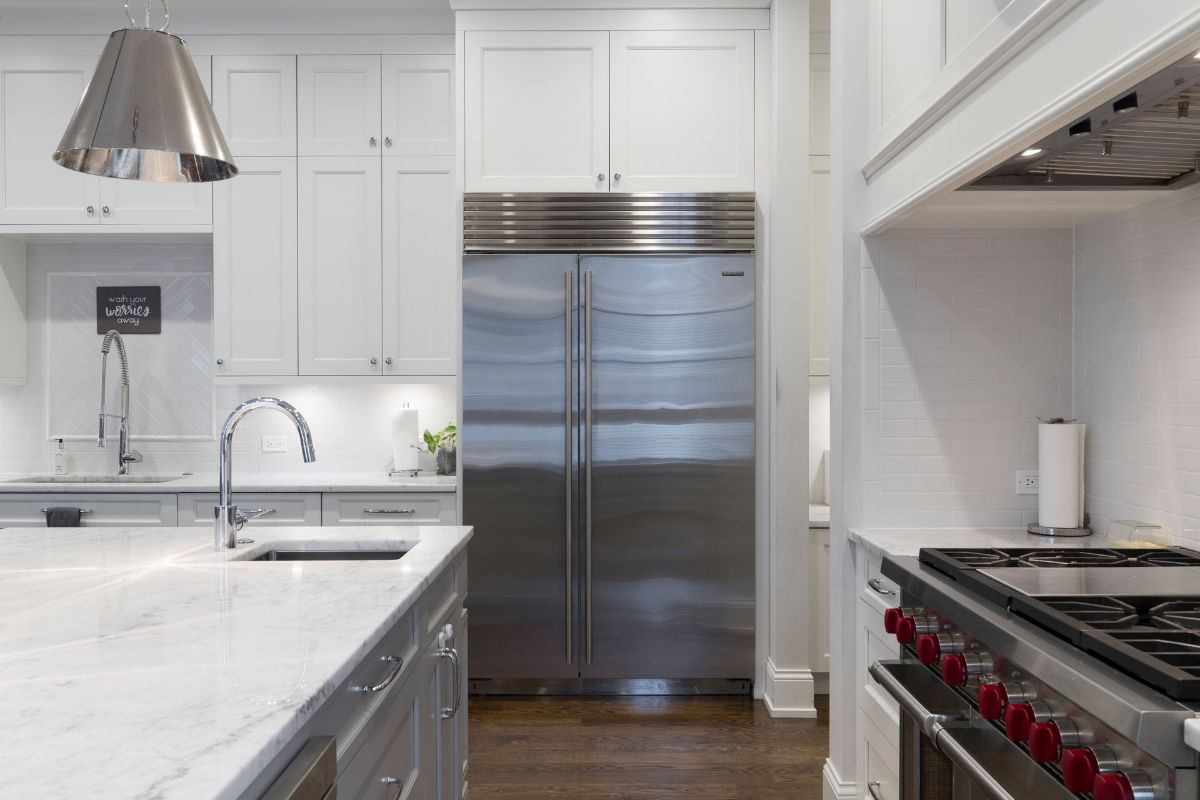What do you keep in those drawers in the bottom of your refrigerator? Soda cans? Beer bottles? Whatever you brought home from the grocery store that needs the space?
At some point you’ve probably heard those drawers referred to as crispers. But what’s so special about those big drawers that makes them preserve food better than anywhere else in the refrigerator? And do they help all foods equally, or some more than others?
It turns out that crisper drawers are in fact more beneficial to some types of fruits and vegetables than others, and as you might not expect, keeping some foods in the crisper drawers can actually make them spoil more quickly. But why?
The inside of a refrigerator is a dry place. That’s because as the air inside the refrigerator comes into contact with the cold coils, the water vapor within it condensates and drips out the back. If you’ve ever left a sandwich or a cake inside the refrigerator overnight, then you know it gets pretty dry. (See also: Should You Keep Coffee in the Freezer?) The cold temperature protects food from bacteria and slows down ripening processes, but the side effect is the loss of moisture.
How does the crisper factor in? Crisper drawers are designed to be insulated spaces cut off from the drying effects of the rest of the refrigerator. When you open up your refrigerator and slide open the crisper drawer, the moist air from your home rushes into your refrigerator to replace the moisture that’s been lost. When you close your crisper drawer, the moist air from your home gets trapped and sealed away from the drying effects of refrigeration. Some refrigerator models even have tiny hatches that allow you to control how much humidity stays trapped inside the drawer.

So now we know that the crisper drawer keeps foods crisp by sealing in moisture. But is that the right way to preserve all fresh produce?
Outside the Crisper
Actually, no. Sealing moisture inside the crisper drawer also seals in other gases, notably, ethylene. Ethylene is a chemical that fruits release to accelerate their ripening processes. Some fruits emit more ethylene than others. In general, fruits that we know tend to ripen quickly, like bananas, emit more ethylene, and ethylene released by one fruit can ripen the foods around it. That’s why, if you have some peaches, nectarines, or other fruits that you want to ripen ASAP, just place a ripe banana next to them and they’ll ripen that much sooner.
If a fruit is left on the counter in the open air or on the refrigerator shelf, its ethylene has room to dissipate away from it and only slowly ripen the fruit. But if a fruit is trapped inside a small drawer, its ethylene will make it ripen more quickly than you would probably like.

For this reason, it’s suggested not to store fast-ripening fruits in your vegetable drawer. While you may think placing fruit in your “crisper” will keep it firm and fresh longer, it actually has the opposite effect and makes it ripe and mushy before its time. Fruits that you want to keep outside the crisper, or at least on your crisper drawer’s lowest humidity setting, include: apples, pears, bananas, avocados, melons, blueberries, mangoes, peaches, and grapes.
Inside the Crisper

What belongs in your crisper? Leafy vegetables or vegetables with thin skins that would dry out and wilt easily if left in the dry air of the open refrigerator. Vegetables that always belong in the crisper drawer on the highest humidity setting include: lettuce, spinach, kale, salad greens, asparagus, and fresh herbs like basil and parsley.
Another tip is to keep foods that produce less ethylene of their own but are sensitive to ethylene produced by other fruits inside the crisper drawer. For example, if you have some peaches or avocados sitting on the shelf, you could protect foods like broccoli, cauliflower, cucumbers, peppers, onions, squash, and zucchini by keeping them tucked away in the crisper drawer, safe from any ambient ethylene.

What about tomatoes? Trick question - tomatoes don’t belong in the refrigerator!
Want to learn more about the science behind crisper drawers? Check out the articles below:
https://www.marthastewart.com/1519551/proper-way-use-crisper-drawer-your-refrigerator
https://www.myrecipes.com/ingredients/what-produce-needs-to-go-in-the-crisper-drawers
https://www.cookinglight.com/cooking-101/what-to-put-in-refrigerator-crisper-drawer





